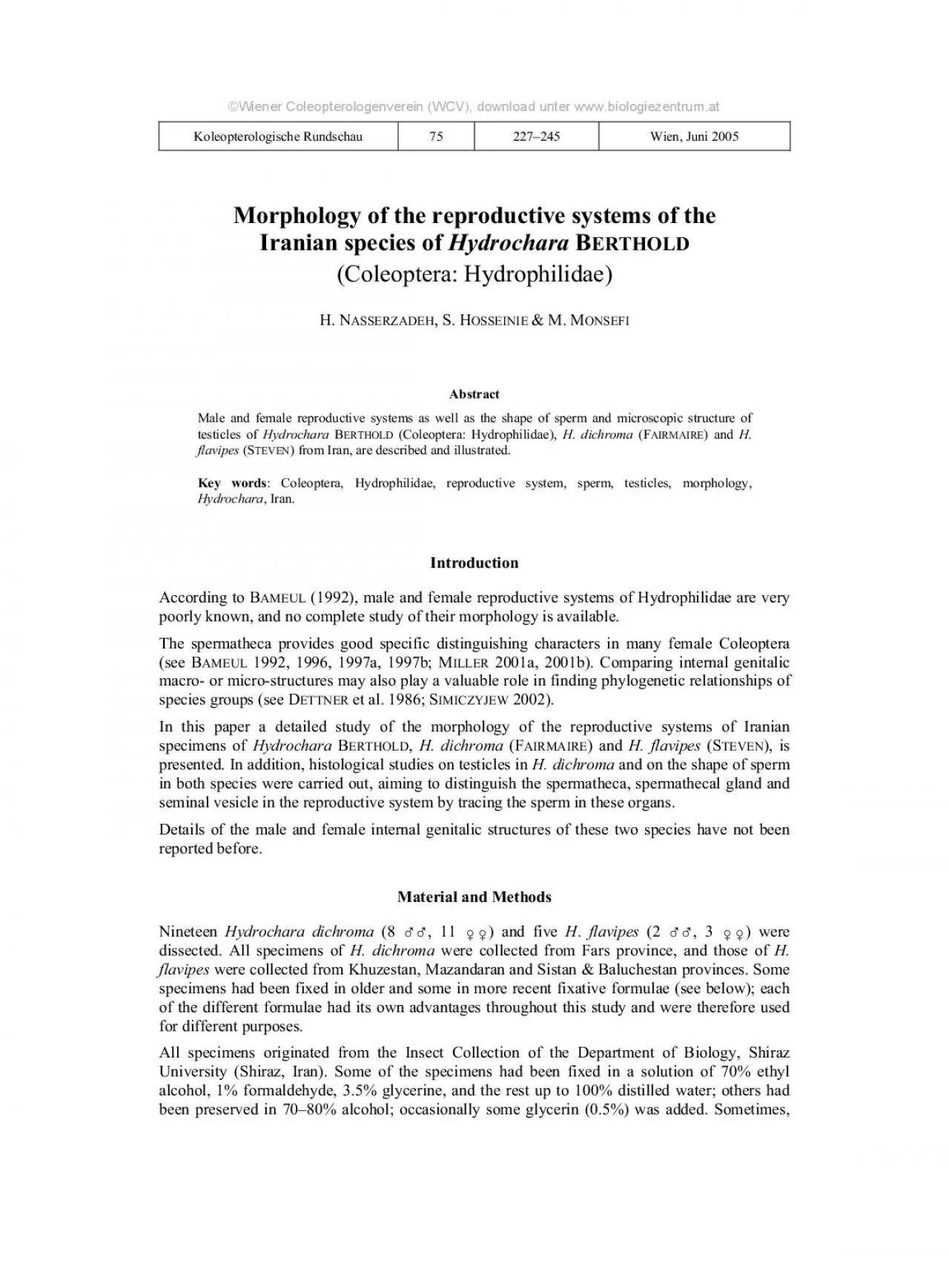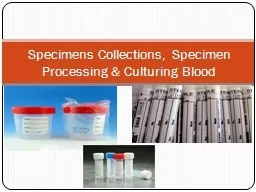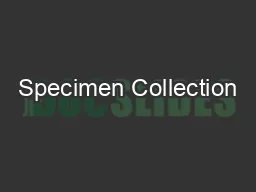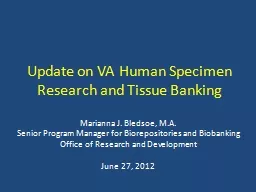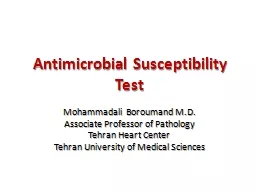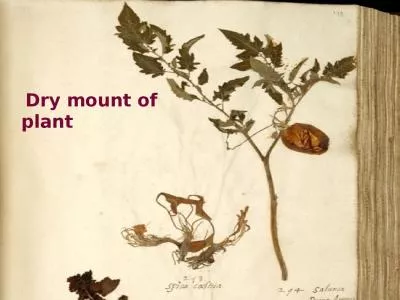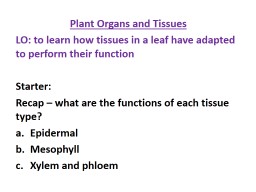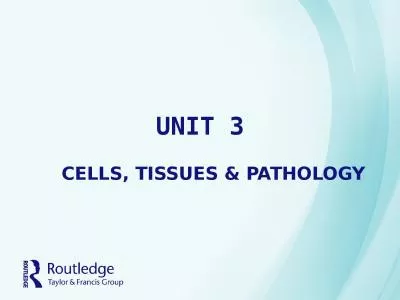PDF-KoleoptRdsch 75 2005 tissues of those specimens which were fixed in
Author : jade | Published Date : 2022-10-11
ASSERZADEH et al Reproductive systems of the Iranian species of Hydrochara HYDROPHILIDAE copulatrix was cleaned of muscles and connective tissues washing with distilled
Presentation Embed Code
Download Presentation
Download Presentation The PPT/PDF document "KoleoptRdsch 75 2005 tissues of those sp..." is the property of its rightful owner. Permission is granted to download and print the materials on this website for personal, non-commercial use only, and to display it on your personal computer provided you do not modify the materials and that you retain all copyright notices contained in the materials. By downloading content from our website, you accept the terms of this agreement.
KoleoptRdsch 75 2005 tissues of those specimens which were fixed in: Transcript
Download Rules Of Document
"KoleoptRdsch 75 2005 tissues of those specimens which were fixed in"The content belongs to its owner. You may download and print it for personal use, without modification, and keep all copyright notices. By downloading, you agree to these terms.
Related Documents

